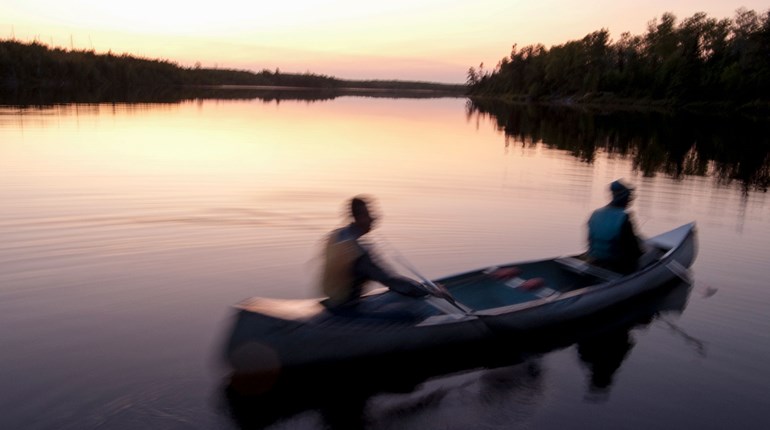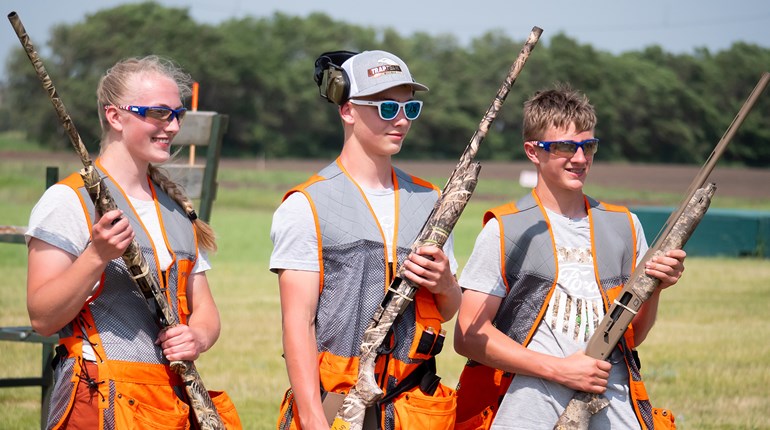By Roy F. Heilman, Shoreview, Minn.
I was hardly paying attention when Johann cast casually off to my right and slammed into a point so intense it made the hair all over my body stand up. I momentarily froze—like a soldier who suddenly realized he’d wandered behind enemy lines. I never would have dared imagine what happened next as I stepped toward the unseen source of the scent that had seized my dog.
When I got my bird dog, Johann, 6½ years earlier, I envisioned going new places and hunting new birds. For a few years, this meant hunting prairie grouse in South Dakota, and it was great. When I explained to my dad that I’d like to do a sage grouse hunt before it was no longer possible, he said, “Put it together! Let’s go!”
Like planning for other trips, I had several goals: hunting something new, seeing new places and letting Johann work birds in new habitat. But this trip was different—the reality was that it could be a last-chance opportunity. You see, the population of the greater sage grouse has been slipping steadily for decades to the point that the U.S. Fish and Wildlife Service has “concluded that the greater sage grouse warrants protection under the Endangered Species Act.” Degradation of habitat is of course the culprit, as is usually the case. Hunters have historically been the ones to take up the mantle when it comes to this species’ conservation, if only by treating sage grouse as a viable quarry worth saving. This hunter was determined to do his part.
Preparations took months. Maps were ordered, and online resources were exhausted. I was so excited, I actually felt sick to my stomach as we drove from Minnesota to the middle of Montana. Driving down a little two-track road on BLM land at our first destination, we crossed paths with a grazing covey of grouse. For a moment, it seemed like this was going to be a turkey shoot. To say those birds looked huge is an understatement. We backed up the truck and hastily unloaded the dog and hunting gear, hoping to circle around and catch them unawares. Let’s just say it didn’t work out so well. Turkey shoot cancelled.
We spent a couple more days beating the sage brush with little to show for it. When we rolled through the next town, we stopped at the BLM office and asked for any advice. We explained to the gentleman on staff that we were hunting sage grouse. He indicated that he didn’t hear that very often, so I was glad we mentioned it. He suggested a great place to camp and some areas to try for grouse. At the first stop, less than 100 yards from the truck, Johann finally gave us a convincing point. Two sage grouse flushed at close to 5 yards, and we bagged both. Such civility in game birds I have hardly experienced. One was a male that weighed an even 4 pounds on my digital scale, the other a female of about 2 pounds. Our first taste of sage grouse was prepared on the tailgate that night. And what a sweet taste of success it was. We felt like kings.
The next day found us in a different spot, walking into a stiff wind. Still empty-handed after a couple hours, we turned back toward the truck. It was only a short time later when Johann went on that bone-chilling point. I gripped my side-by-side with both hands and turned upwind. Despite their size and the sparsely vegetated habitat we were in, the sage grouse were superbly camouflaged and I never saw any of those dozen or so birds before they lifted off.
When they started their mass exodus, I was momentarily stunned by the noisy drum of frantic wings coming from almost every direction. Luckily, instinct kicked in and I located the first bird over the barrels of my 12-gauge. When I touched the trigger it fell. And so did the next bird that flushed a little too close. A sage grouse double, courtesy of my little buddy, Johann: It was a moment I will never forget. Not only did I find my first arrowhead on that push, but by the time we got back to the truck we had a limit of sage grouse.
After our memorable trip, I can come to only one conclusion: Sage grouse are a trophy bird if ever there was one. They deserve our attention and our respect. Above all, they deserve to be managed well with good habitat preserved.
Do you have an exciting, unusual or humorous hunting experience to share?
Send your story (800 words or less) to [email protected] or to American Hunter, Dept. MH, 11250 Waples Mill Road, Fairfax, VA. 22030-9400. Please include your NRA ID number. Good quality photos are welcome. Make sure you have permission to use the material. Authors will not be paid, and manuscripts and photos will not be returned. All material becomes the property of NRA.





































